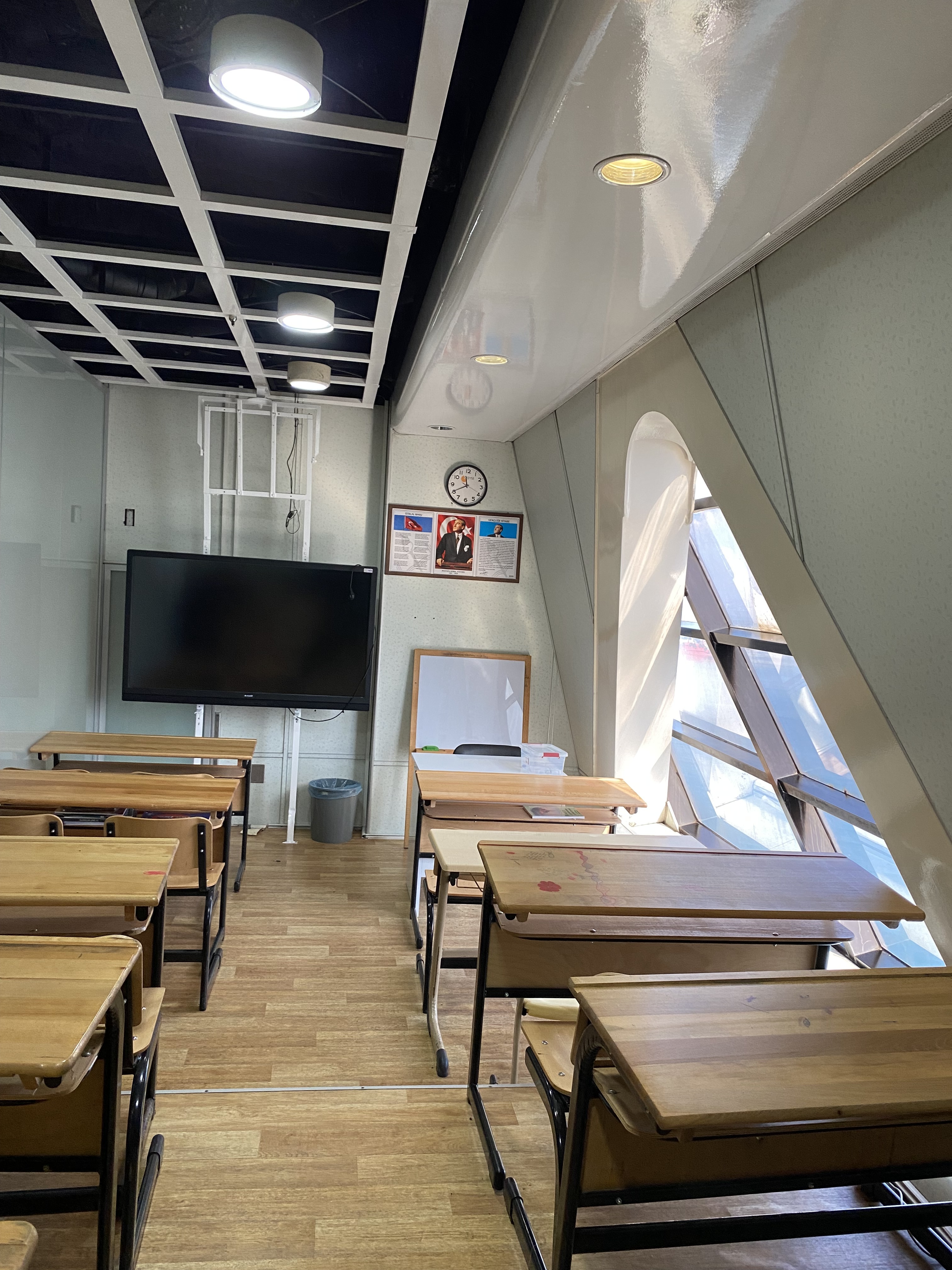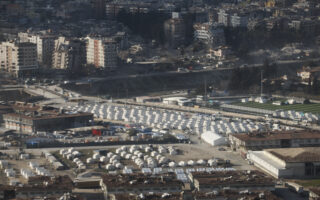Turkey, a year after the life-changing earthquakes
With 53,537 dead, 107,213 injured and 680,000 homes destroyed, magnitude of disaster continues to defy massive recovery efforts
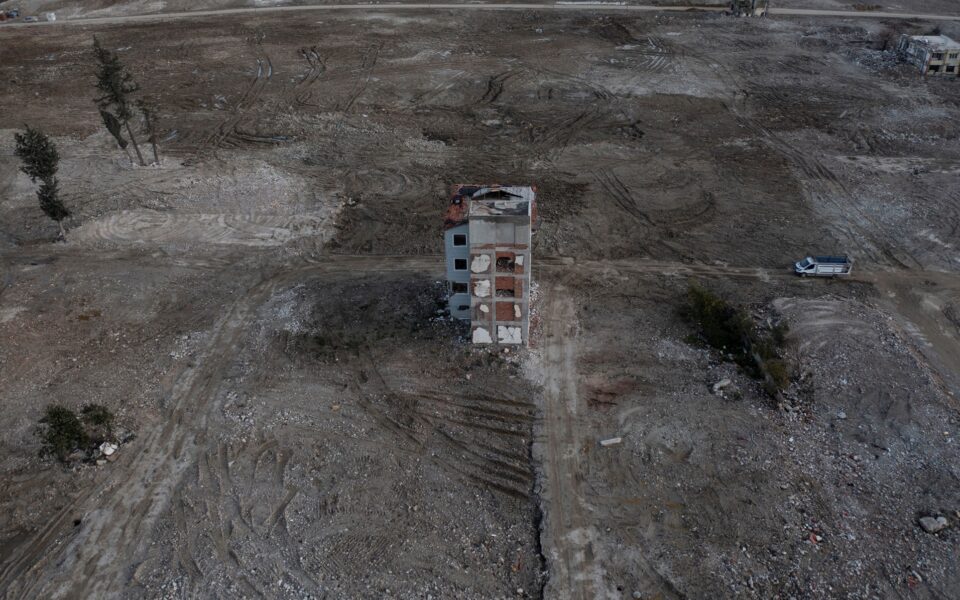
HATAY, Turkey – “It felt like the world was turning upside down. Telling the story is not the same as experiencing it.” Sixty-one-year-old Kahraman Karat vividly remembers this night last year when the earth shook violently in the middle of his slumbers, taking tens of thousands of lives and destroying hundreds of thousands of properties.
Karat and his family fled their house in Iskenderun, Hatay, as it started to crumble, before it was completely flattened. They were lucky to have been living in a single-story house, which probably saved their lives.
They lived in the streets for days, then in tents and now in one of the container cities set up by the government.
On February 6, 2023, a series of powerful earthquakes flattened southeastern Turkey and northern Syria. Almost 26 million people have been affected by the temblor, according to the World Health Organization.
In Turkey, according to government figures, more than 14 million people were affected by the tremors across a vast area of 120,000 square kilometers, in what is considered the country’s worst natural disaster in modern times.
Some 53,537 people died, another 107,213 were injured. Around 680,000 homes were destroyed in the earthquake region, according to Urbanization Minister Mehmet Ozhaseki. There is still a vivid sense of buildings coming crashing down like a house of cards, highways and streets torn like paper, raising questions over the construction standards in the seismic region.
Reconstruction project
The Turkish government has gone a long way during the last year to bring life in the affected region back to normalcy. As displayed in an official tour for a group of international journalists last week in the provinces of Hatay, Kahramanmaras and Gaziantep, container cities have been installed, hospitals have been built and tens of billions of Turkish liras have already been distributed as financial aid to citizens and businesses to start from scratch.
“The rubble removed was almost equal to the size of a small country,” said the governor of Gaziantep, Kemal Ceber.
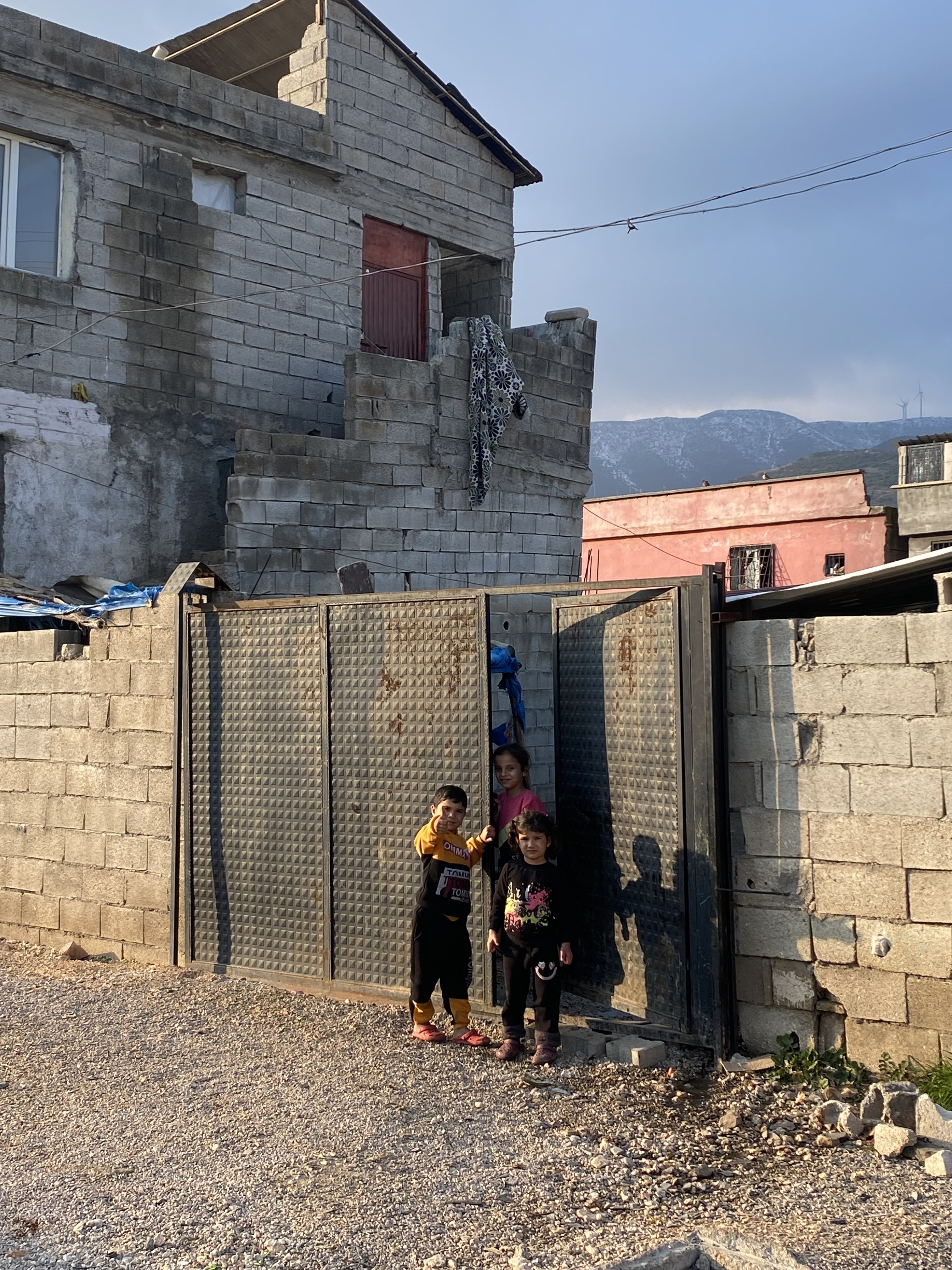
The Turkish government says that some 215,195 containers have been installed in 414 container cities, which are equipped with security services, social facilities (schools, mosques, playgrounds, mobile kitchens, psycho-social support service areas) and health centers.
A massive ship, anchored in the port of Iskenderun, has been transformed into a school, able to also host 1,200 pupils. The first and second floor contain the dormitories, while the upper floor has classrooms, a reading area and a playground. Around 500 children still live in and attend the floating school, called Karadeniz Lifeship Rauf Bey.
“Objectively, we are really successful, we are one of the best examples in the world,” Gaziantep’s governor said.
A small commercial district has also been set up in Gaziantep, where shop owners who lost their businesses can start again, rent-free for three years. The center is next to a camp city.
‘This year has been so hard for us, we have lost so many relatives. We are still afraid and whenever we feel a little shake, we are terrified’
Thirty minutes’ drive from there, new houses stand ready waiting for their new owners in the district of Islahiye. Their facades are festooned with Turkish flags and banners with Turkish President Recep Tayyip Erdogan and modern Turkey’s founding father, Kemal Ataturk.
On Sunday, Erdogan oversaw the delivery of 10,090 houses in Islahiye during a tour in the regions ravaged by the tremors, to monitor the progress of reconstruction efforts.
“We never let the election agenda get ahead of the earthquake agenda,” he said, referring to last year’s national polls. “We rolled up our sleeves and started working immediately.”
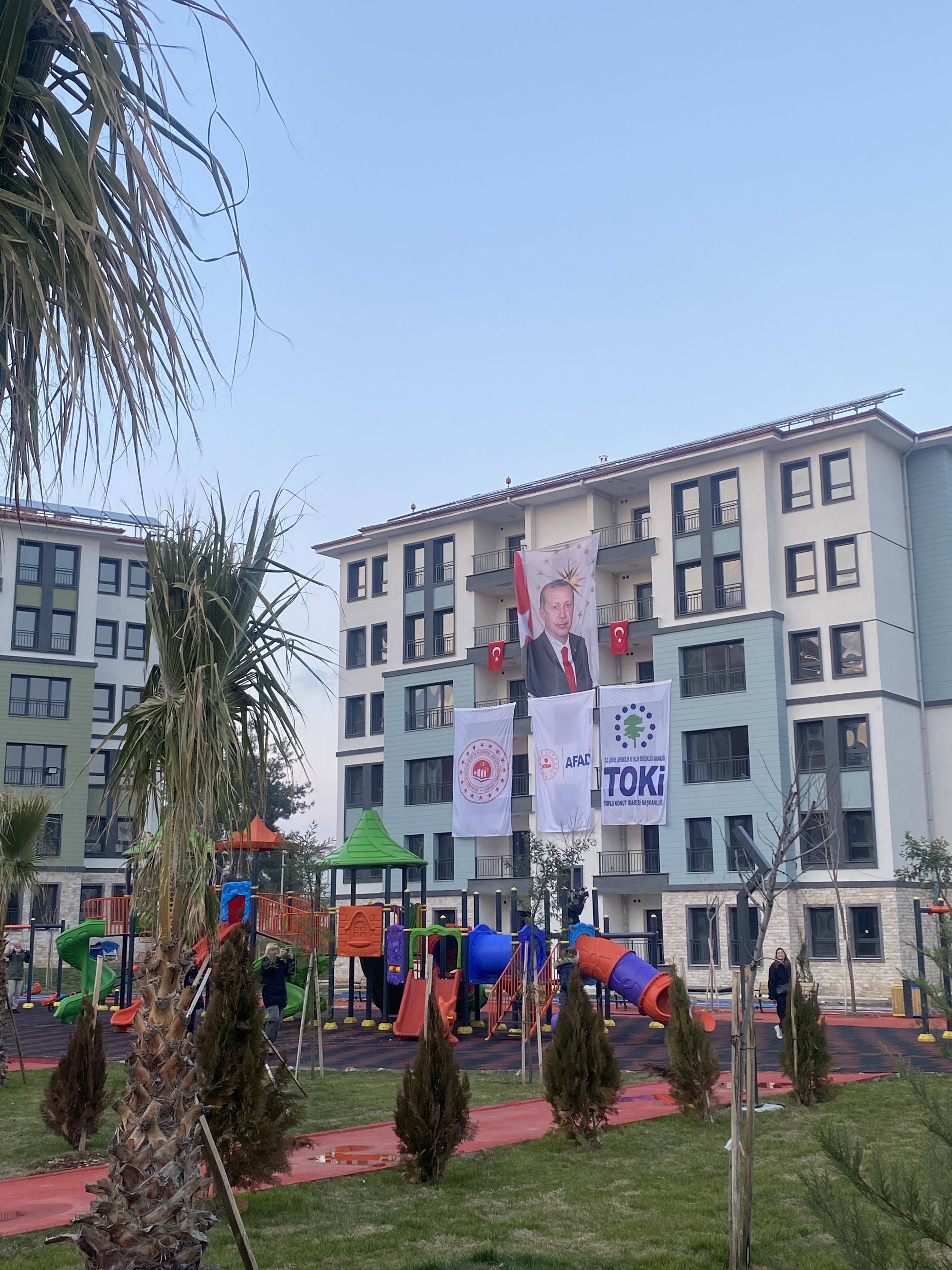
A day earlier, Erdogan handed over the keys to 7,275 houses in Hatay and said that the government plans to deliver a total of 200,000 this year. Some 390,000 families are registered to receive houses.
After the earthquakes, Erdogan promised 319,000 new homes by February 2024 and a total of 680,000 a year later. Authorities say the new houses are more resilient and have a maximum of four floors.
“Allah will decide when it’s appropriate for us to move to a new house,” said Yusuf Hazar Daz, 63, who lives in a container with her husband and her 6-year old grandson.
“This year has been so hard for us, we have lost so many relatives. We are still afraid and whenever we feel a little shake, we are terrified,” she said.
Nowhere to go
Despite the progress, recovery will take years. With entire cities and villages needing to be rebuilt from the ground up, it is a massive undertaking.
Karat visits his house from time to time, but the picture is devastating; even the rubble hasn’t been removed yet.
“We are thankful to Allah that we lost property and not our lives,” he said. “But the future is difficult, we cannot afford to buy or build a new house.”
Building a life in a new place is also difficult, as most of the citizens of this rural area have limited means and cannot even consider the option.
“Many people migrated to other cities in the first weeks of the earthquake, but the vast majority stayed,” said Mustafa Masatli, the governor of Hatay, which bore the brunt of the disaster.
On the contrary, many of the Syrian refugees who had been living in the region ended up migrating. With little left of the lives they had built in Turkey, tens of thousands felt they had no choice but to return to their war-torn country. According to the Hatay governor, some 180,000 Syrians currently live in the province, half of the population it hosted before.
Sixty-seven-year-old Turkish national Sutani Dal lost almost her entire family when the five-story house they were living in collapsed on them. She remembers her grandchildren screaming and crying for help that night. Only one of them survived, but lost an arm, while she had to have her leg amputated after several unsuccessful surgeries.
She thanks Allah, the president and the governor – in that order – for being alive and having a roof above her head. She moves with difficulty around the camp in a wheelchair, without expecting much from the future.
“Me and my grandson support each other, that’s all we can do, and I don’t know about the future. We have nowhere to go, we will be accepting whatever the government gives us.”
